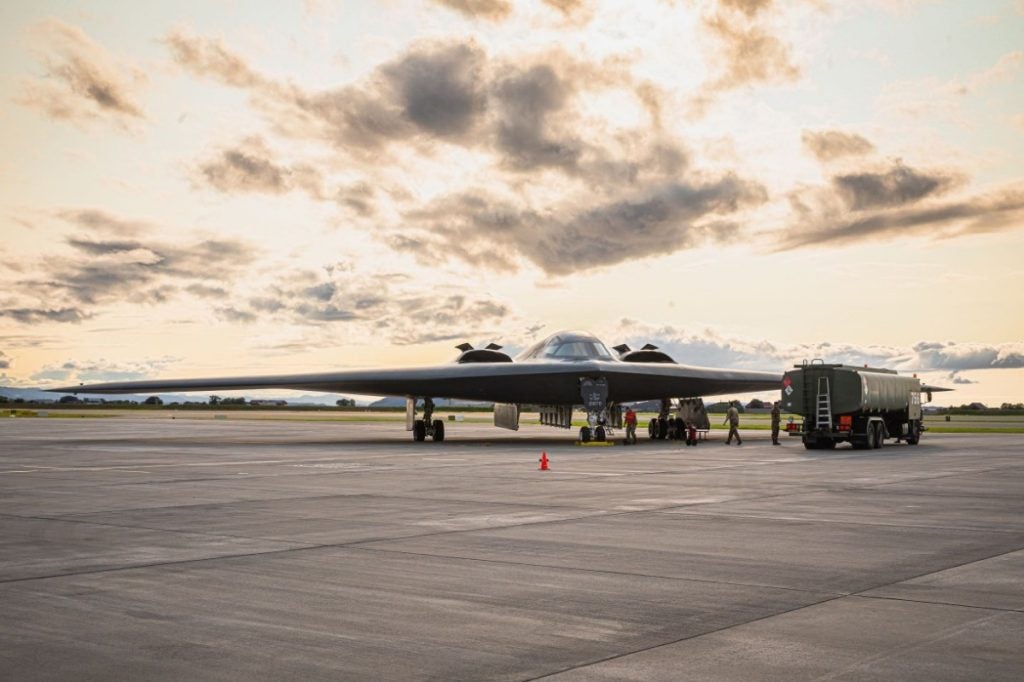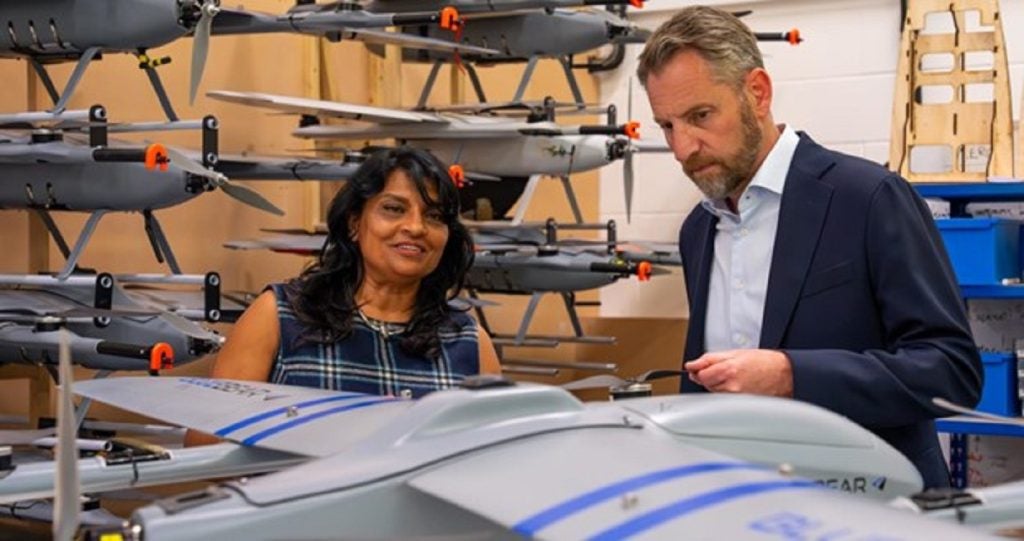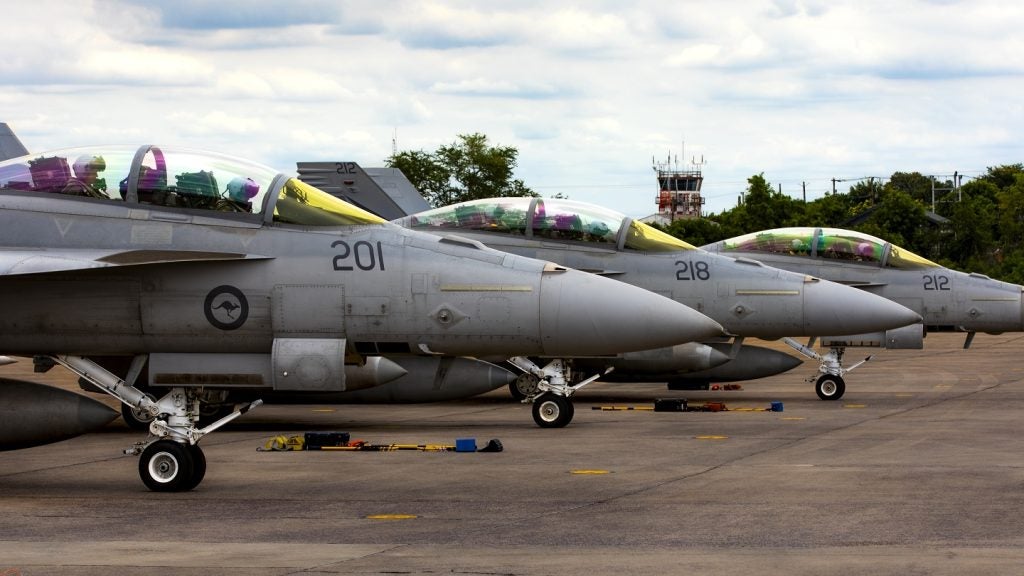Operations in the High North have taken on a new significance in recent years, including the deployment of B-2 stealth bombers to the theatre, as the realities of climate change could include an open Arctic passage during the Summer months in the near future, and the security of Northern Europe has been cast into doubt by events during the war in Ukraine and the induction of Finland and Sweden into Nato.
The B-2 stealth bombers deployed to Iceland this month conducted integration training with Royal Norwegian Air Force F-35s on 29 August, it was announced by Nato Allied Air Command, marking the first occasion when the US low observable, long range heavy bomber has landed in Norway.
The transfer of the B-2 bombers to Iceland earlier this month was a dynamic force deployment to combine strategic unpredictability and operational adaptability, according to Lt. Col. Andrew Kousgaard, the commander of 393rd Bomb Squadron, leader of the expeditionary bombing crew on this deployment.
Hot pit refuelling for mission readiness
During training in Norway at Oerland Air Base, the B-2 bombers engaged in hot pit refuelling - landing to take on fuel while only powering down one engine. The technique allows the B-2 plane to minimise the duration the aircraft spends on the ground and to extend its fuel range, providing a more effective deterrent to adversary aggression.
“Hot-pit refuelling emerges as a transformative tactic in bomber operations, promising heightened versatility,” said General James Hecker, commander of U.S. Air Forces in Europe & Africa and NATO Allied Air Command. “This clever technique extends our reach, establishing temporary operational hubs at strategically chosen and even unpredictable locations. These adaptive capabilities are the core of modern airpower projection,” added Hecker.
He notes that the benefit of deploying the B-2 bombers to this theatre include the long range penetrating strike capability. However, that capability is demanding in terms of the time needed to refuel.
“Honing our ability to interoperate with our allies and utilise partner-nation equipment and infrastructure to refuel can significantly reduce what we often call our ‘tanker bill;’ in some cases it could be the difference between mission success and failure,” concluded Hecker.











